About
Willard J. Page was born in 1885, and grew up on a small farm in northeastern Kansas. He had a love of art, drawing, and painting, and eventually became a gifted artist. At thirty-two years of age Willard married Ethel Iles who came from a nearby community.
The couple found work traveling and performing for the Redpath-Horner Lyceum and Chautauqua Bureau. Ethel was an accomplished pianist, playing the piano and singing ballads. Willard was a “crayon artist” and gave “chalk talks.” Because he sketched and painted so quickly as he spoke on stage, he was also called a “Lightning Artist.” Willard’s part of the program, drawing as he lectured, was highly popular, local newspapers reported that he was a “REAL artist,” and that he was an “entertainer of exceptional ability.” It was written that, “his landscape work was wonderfully well done.”
The Chautauqua circuit not only brought culture and entertainment to thousands of people in small towns across the country, but for the performers, as Ethel Page recalled, “To be hired on a Chautauqua circuit meant an end to dreaming.”
When the popularity of the Chautauqua faded, the Pages moved to Boulder, Colorado, where Willard painted small landscapes to sell to tourists. He built a wide easel where he could paint in an assembly-line style, quickly producing tiny, souvenir paintings that would fit in a suitcase. And as Ethel’s arthritis worsened, Willard built a camper shell on a Dodge chassis and with the homemade RV the couple toured New Mexico, Arizona, and California during the winter, while Willard painted as they traveled.
On their travels in the Southwest, Willard and Ethel met ranchers who invited them to stay on their land, in return for a painting — or two. Willard painted hundreds of small landscapes featuring adobe villages and desert landscapes, as well as the mountains and brooks of the high country.
And when he was not so pressed to mass-produce art for his living, Willard also created exquisite larger paintings. Today, these landscapes are reminders of his extraordinary talent and are much sought after, as are his small tourist paintings that are prized by collectors.
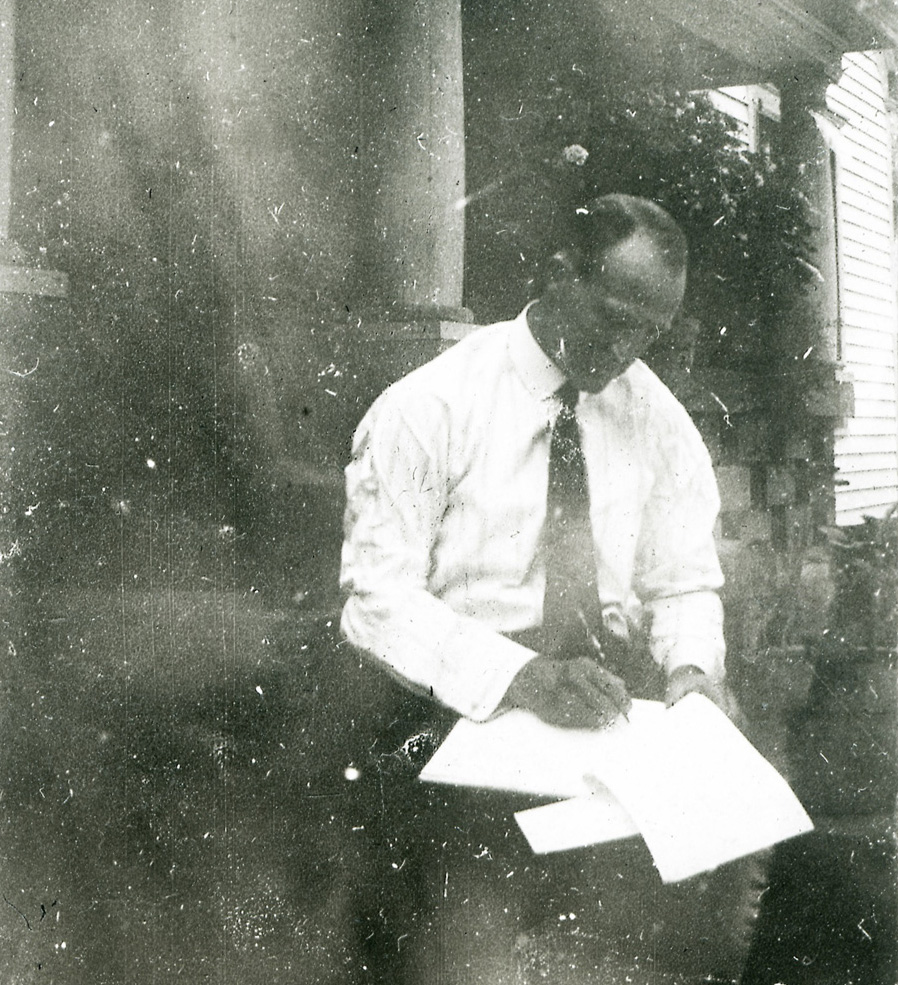
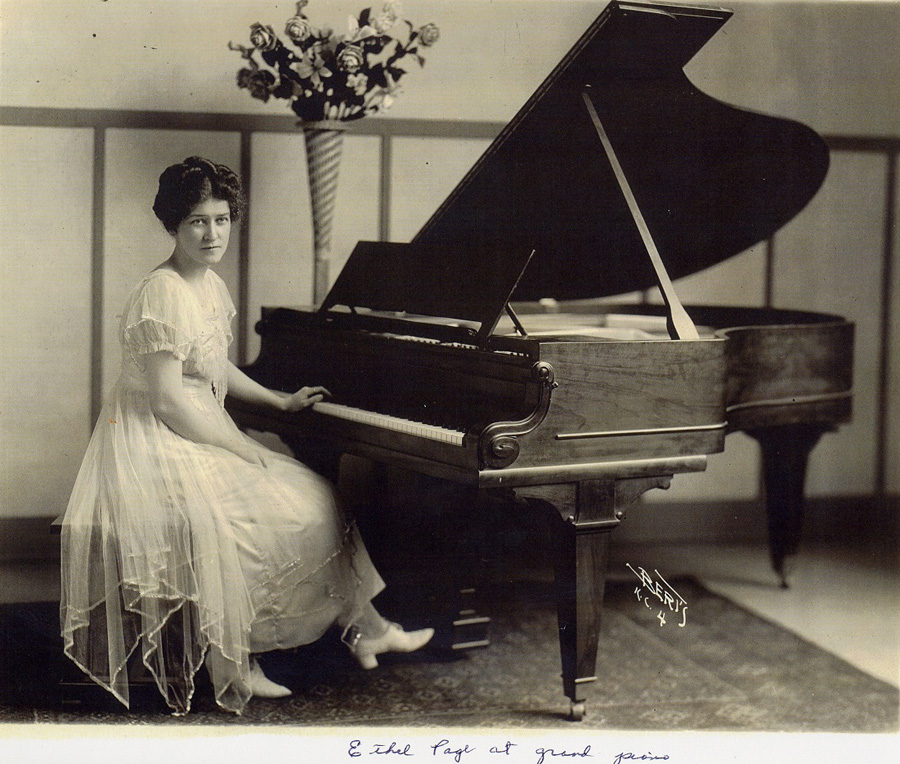
Ethel Page at the grand piano
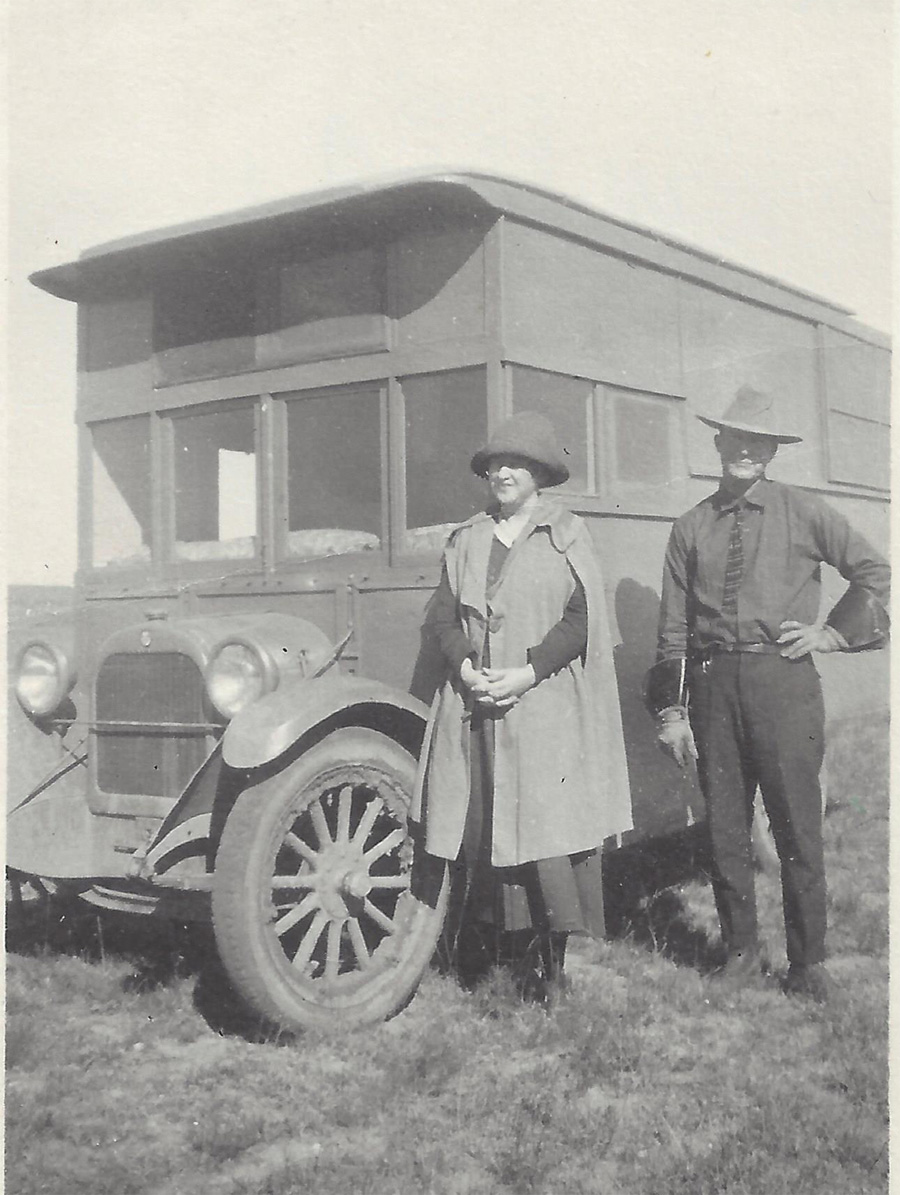
In the 1920s Willard and Ethel moved to Boulder, Colorado. Willard built an RV on a Dodge chassis, and they traveled through the Southwest during the winter.
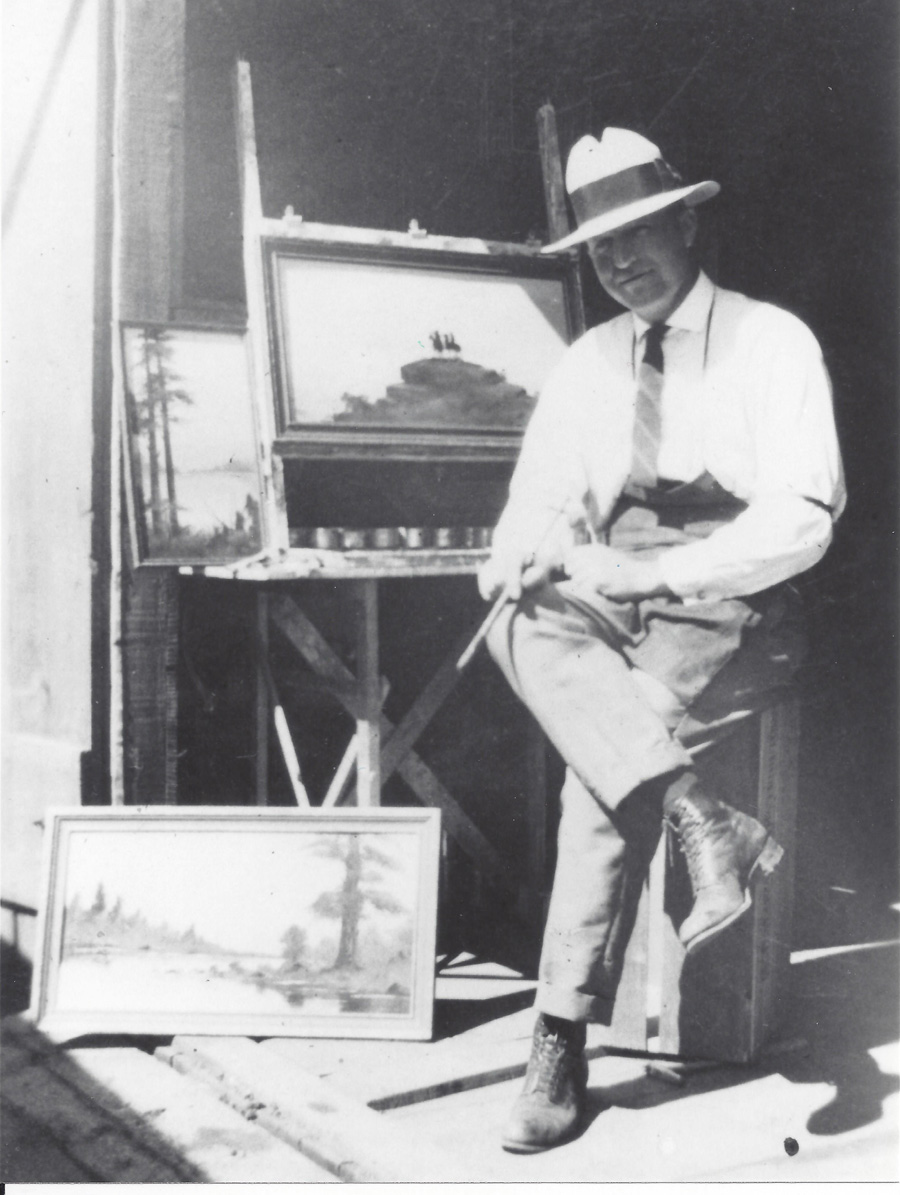
Winslow, Arizona, 1926. Willard painted as he and Ethel traveled, selling his paintings to galleries and gift shops along the way.
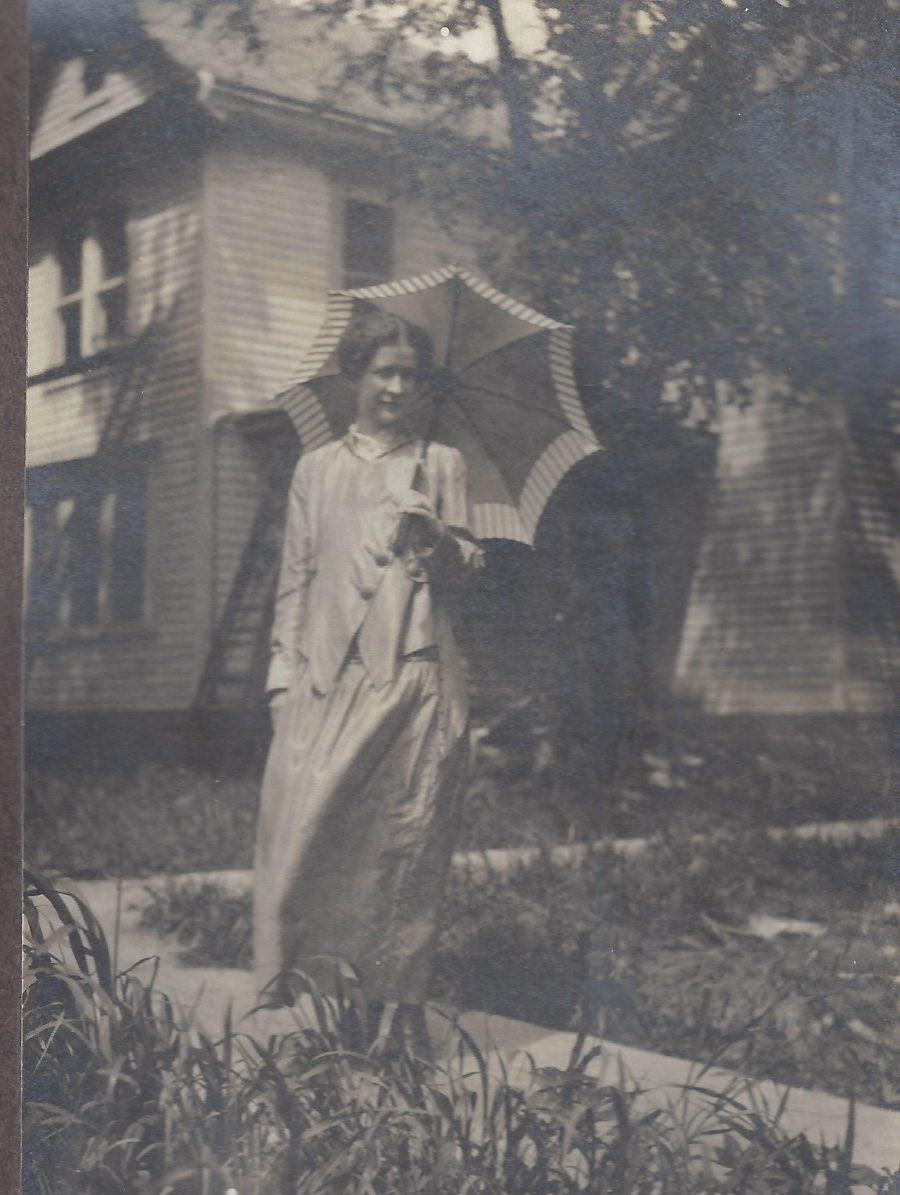
Ethel Nettie Iles, 1915
